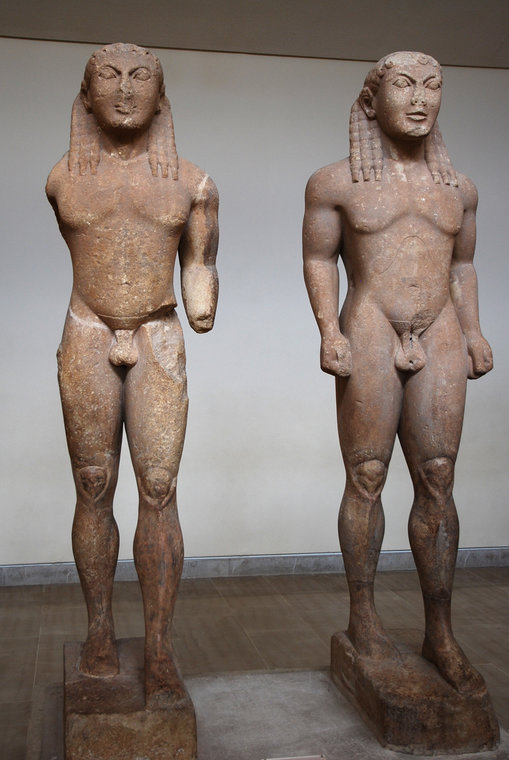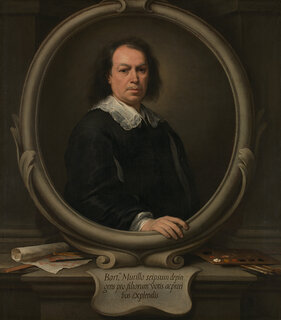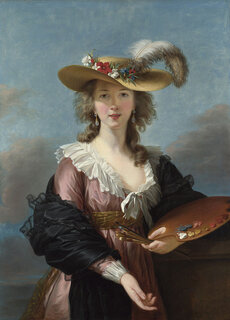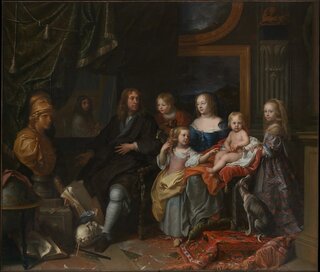
A specific form of sculpture known as Kouro arose during the Archaic period on the island of Crete. These freestanding and human sized statues generally portrayed bearded nude male, arms to the side, one foot forward, accompanied with an identifying accessory. Neer explains that the Kouro or Kouroi could “function either as a votive offerings or as grave markers” though it is believed that the audience could identify with a Kouro as they wanted. In Marble Statue of Kouros (fig. 3), one should note the complexity in technique achieved to render the soft textures of the human form.
With the rise in popularity of the Kouro style and the evolution of city-state power dynamics, came elitist appropriation. Neer suggests that the Kouroi became the new emblems of elite prestige. For the Ancient Greek, this form of sculpture was highly innovative and represented the cultural demand for expression. This period began a refinement of form towards a definitive realism that was only possible through a culture that revered the human form.




